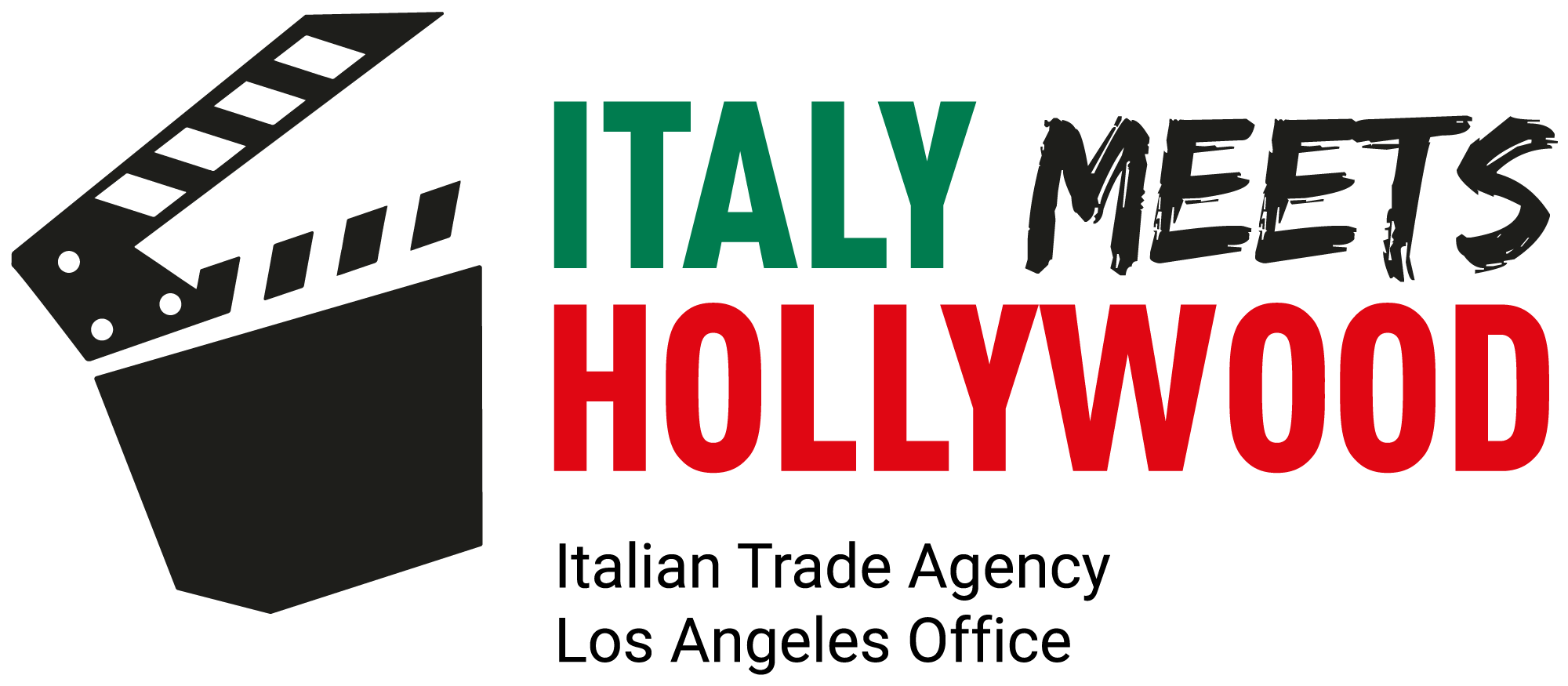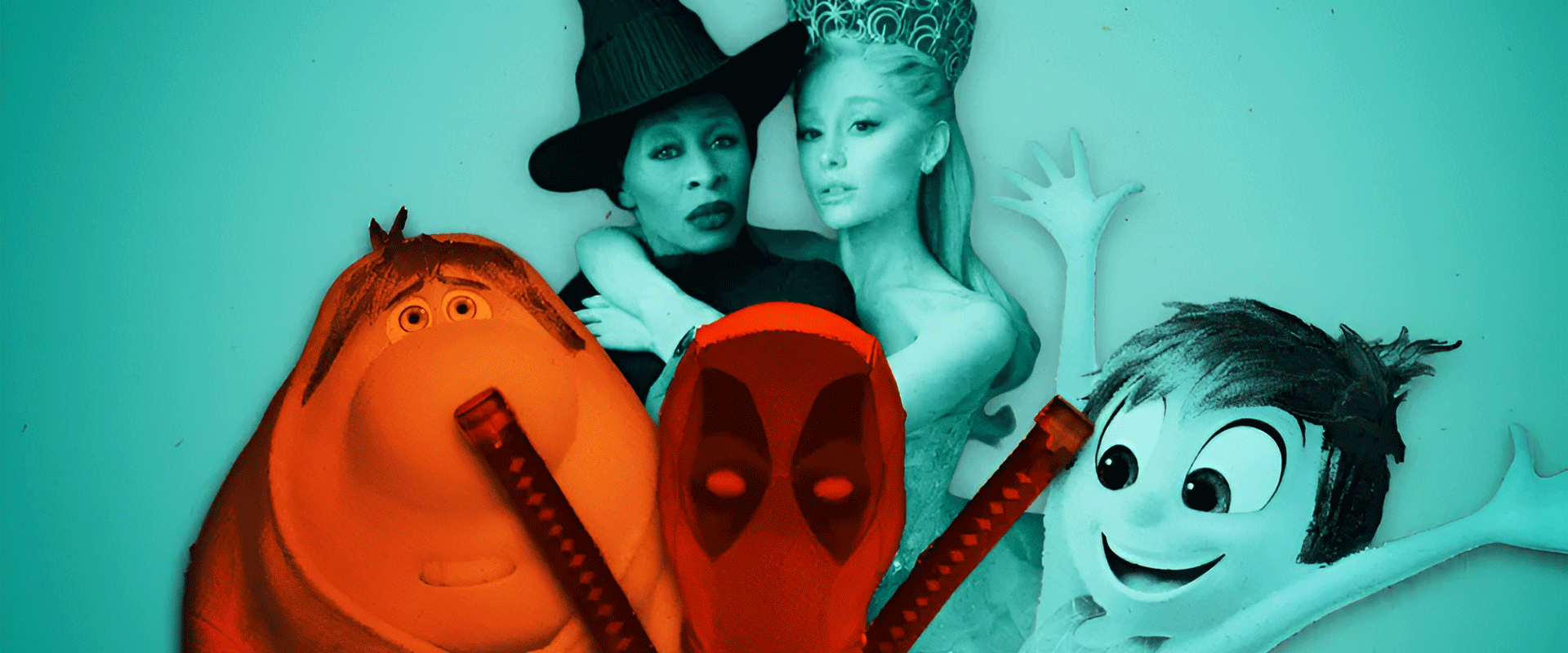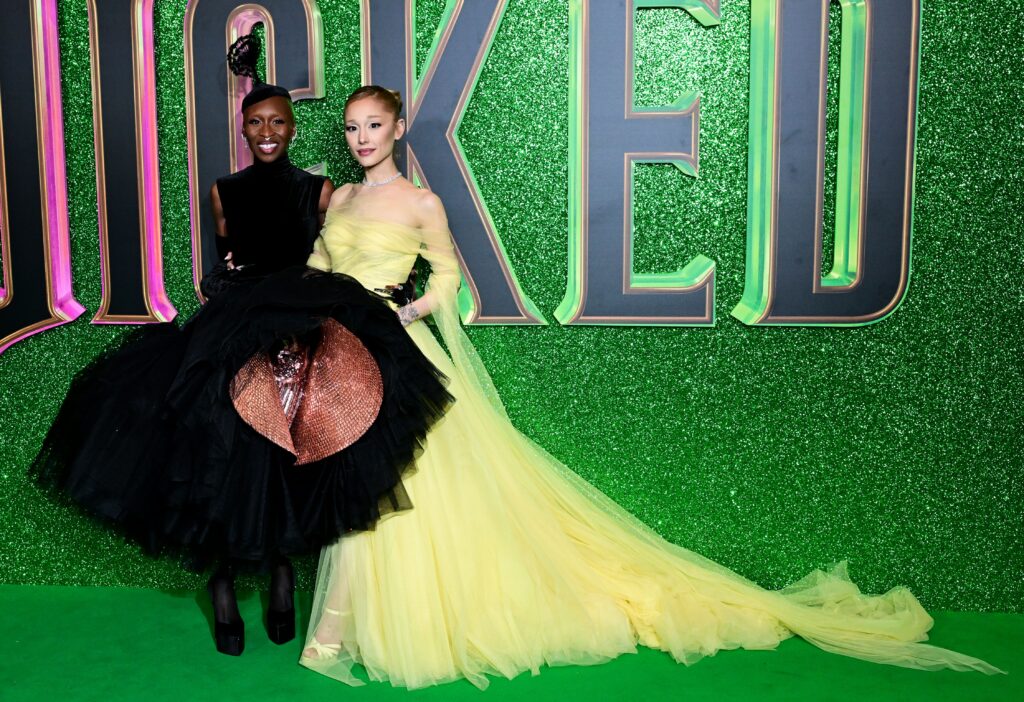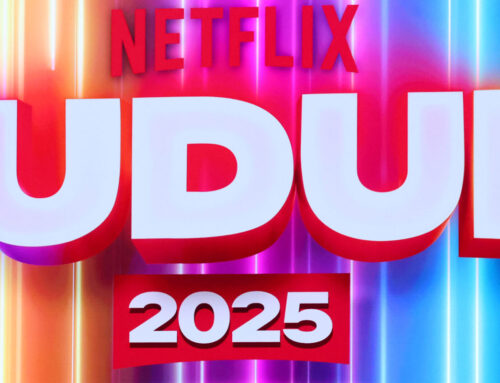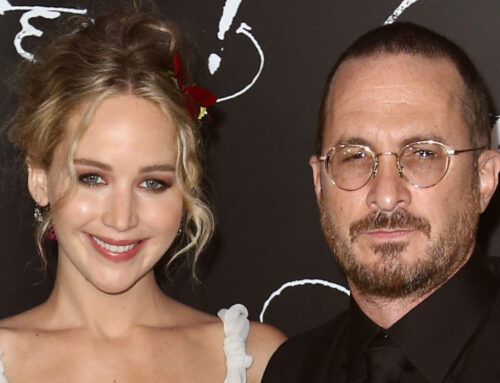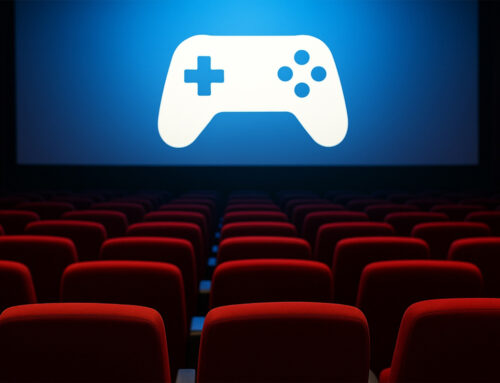Blockbuster Thanksgiving Revives Box Office, Is It Enough for Hollywood?
Thanksgiving 2024 just made Hollywood history. The box office exploded with Moana 2 leading the charge at $221M domestically—the biggest debut to date on this beloved Holiday. Joining the festive frenzy, Wicked and Gladiator II, which premiered the prior weekend, each crossed $300 million globally. This brought the U.S. and Canada’s five-day total from Wednesday to Sunday to an impressive $420 million, driven by the three heavyweights from Disney, Warner Bros., and Paramount.
The Turkey Day successes have given theater operators a much-needed boost. Until last week, the domestic box office was trailing 2023 by over 10%, according to Comscore. That gap has now shrunk to 6%, signaling progress but leaving room for improvement. With Mufasa: The Lion King still set to hit theaters in the coming weeks, studios and cinemas are holding onto hope for a strong finish to 2024.
But the positive momentum shouldn’t give observers the impression that all is well in the film industry. Beyond Disney’s tentpole strategy making a comeback in the second Bob Iger era, there’s a pervasive sense that the movie business, and particularly film distribution, is still a bit of a mess nearly five years after the COVID-19 pandemic emergency and one year after the longest strikes never seen in Tinseltown.
Here’s the reality check: these holiday wins paint a deceptively rosy picture. But all three blockbusters were greenlit years ago and strategically positioned for this prime holiday window with massive marketing campaigns. They’re the product of pre-pandemic and pre-strikes Hollywood, not today’s reality. While they prove audiences will still show up for big events, the broader numbers tell a different story—box office revenues remain 40% below pre-pandemic levels.
The industry’s hyperfocus on creating blockbuster “events” has clearly worked out for the pink-and-green-hued and heavily marketed Broadway adaptations, computer animated cartoons and sci-spectacles, particularly those with “Part Two” in their titles. All the other contenders disappear from the big screen way sooner than in the past.
Before the pandemic shuttered theaters, the average length of the theatrical window — the time between a movie’s release in theaters and its availability for home viewing — was 79 days, according to entertainment industry sources. This year, the average is about 40 days. Moviegoers now wait for their most anticipated films and quickly book their seats. Films have shorter lifespans. The “casual moviegoer” is a thing of the past, as Samantha Masunaga writes in the Los Angeles Times. That’s a big problem for Hollywood. The question is: what version of the industry will emerge from this transformation? Will it focus on fewer, larger-scale productions, embrace a new model driven by celebrity-backed projects, or take an entirely different direction?
Source: LAtimes
Share:
Thanksgiving 2024 just made Hollywood history. The box office exploded with Moana 2 leading the charge at $221M domestically—the biggest debut to date on this beloved Holiday. Joining the festive frenzy, Wicked and Gladiator II, which premiered the prior weekend, each crossed $300 million globally. This brought the U.S. and Canada’s five-day total from Wednesday to Sunday to an impressive $420 million, driven by the three heavyweights from Disney, Warner Bros., and Paramount.
The Turkey Day successes have given theater operators a much-needed boost. Until last week, the domestic box office was trailing 2023 by over 10%, according to Comscore. That gap has now shrunk to 6%, signaling progress but leaving room for improvement. With Mufasa: The Lion King still set to hit theaters in the coming weeks, studios and cinemas are holding onto hope for a strong finish to 2024.
But the positive momentum shouldn’t give observers the impression that all is well in the film industry. Beyond Disney’s tentpole strategy making a comeback in the second Bob Iger era, there’s a pervasive sense that the movie business, and particularly film distribution, is still a bit of a mess nearly five years after the COVID-19 pandemic emergency and one year after the longest strikes never seen in Tinseltown.
Here’s the reality check: these holiday wins paint a deceptively rosy picture. But all three blockbusters were greenlit years ago and strategically positioned for this prime holiday window with massive marketing campaigns. They’re the product of pre-pandemic and pre-strikes Hollywood, not today’s reality. While they prove audiences will still show up for big events, the broader numbers tell a different story—box office revenues remain 40% below pre-pandemic levels.
The industry’s hyperfocus on creating blockbuster “events” has clearly worked out for the pink-and-green-hued and heavily marketed Broadway adaptations, computer animated cartoons and sci-spectacles, particularly those with “Part Two” in their titles. All the other contenders disappear from the big screen way sooner than in the past.
Before the pandemic shuttered theaters, the average length of the theatrical window — the time between a movie’s release in theaters and its availability for home viewing — was 79 days, according to entertainment industry sources. This year, the average is about 40 days. Moviegoers now wait for their most anticipated films and quickly book their seats. Films have shorter lifespans. The “casual moviegoer” is a thing of the past, as Samantha Masunaga writes in the Los Angeles Times. That’s a big problem for Hollywood. The question is: what version of the industry will emerge from this transformation? Will it focus on fewer, larger-scale productions, embrace a new model driven by celebrity-backed projects, or take an entirely different direction?
Source: LAtimes
